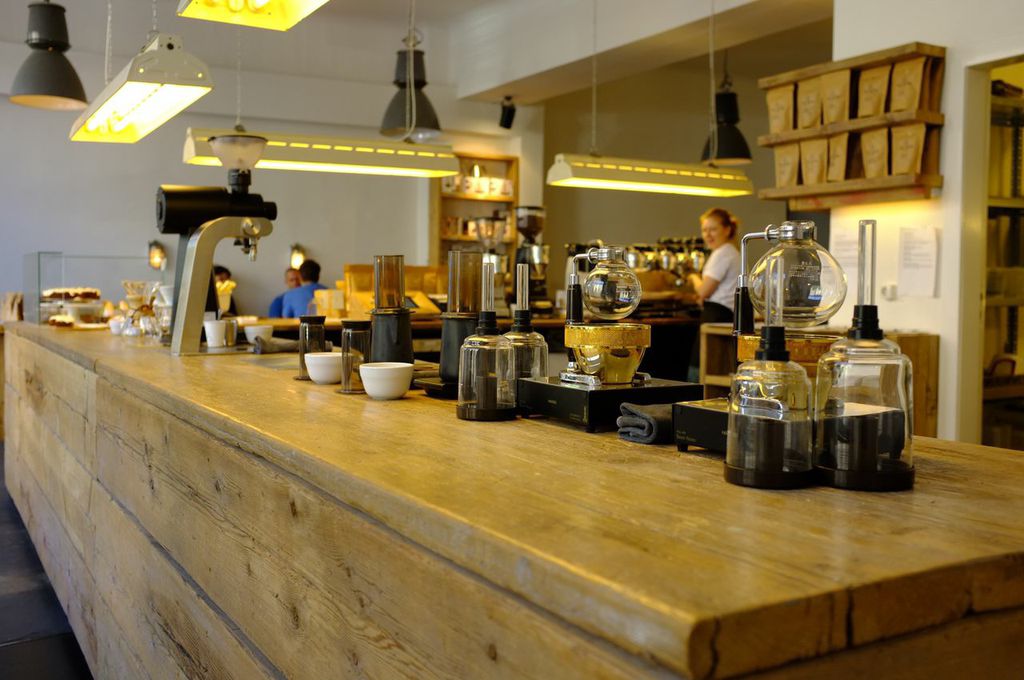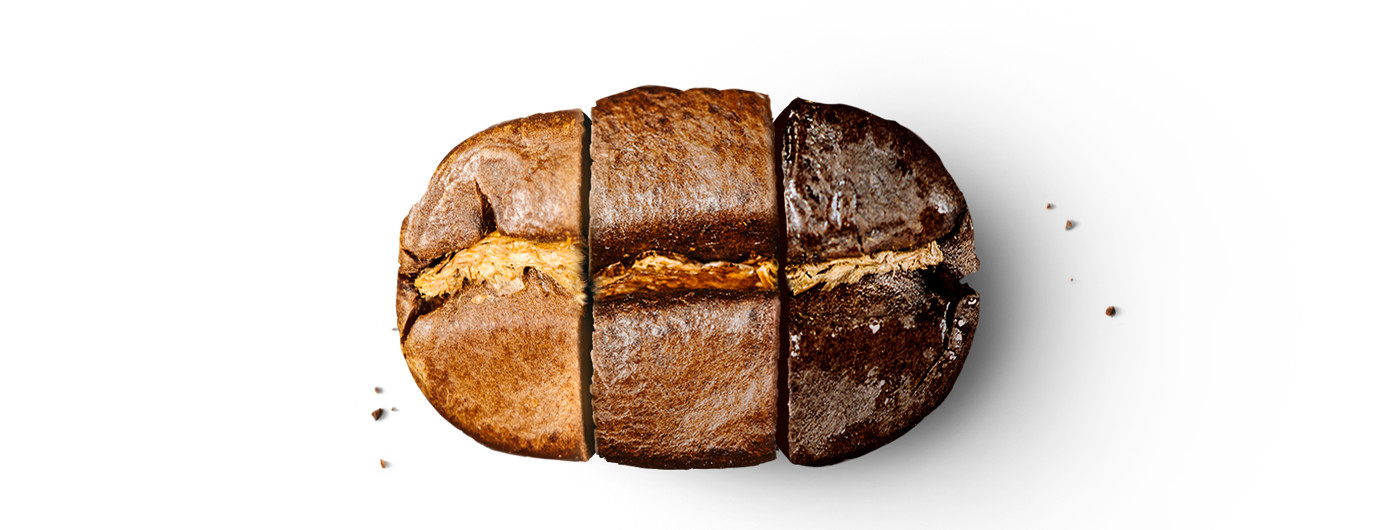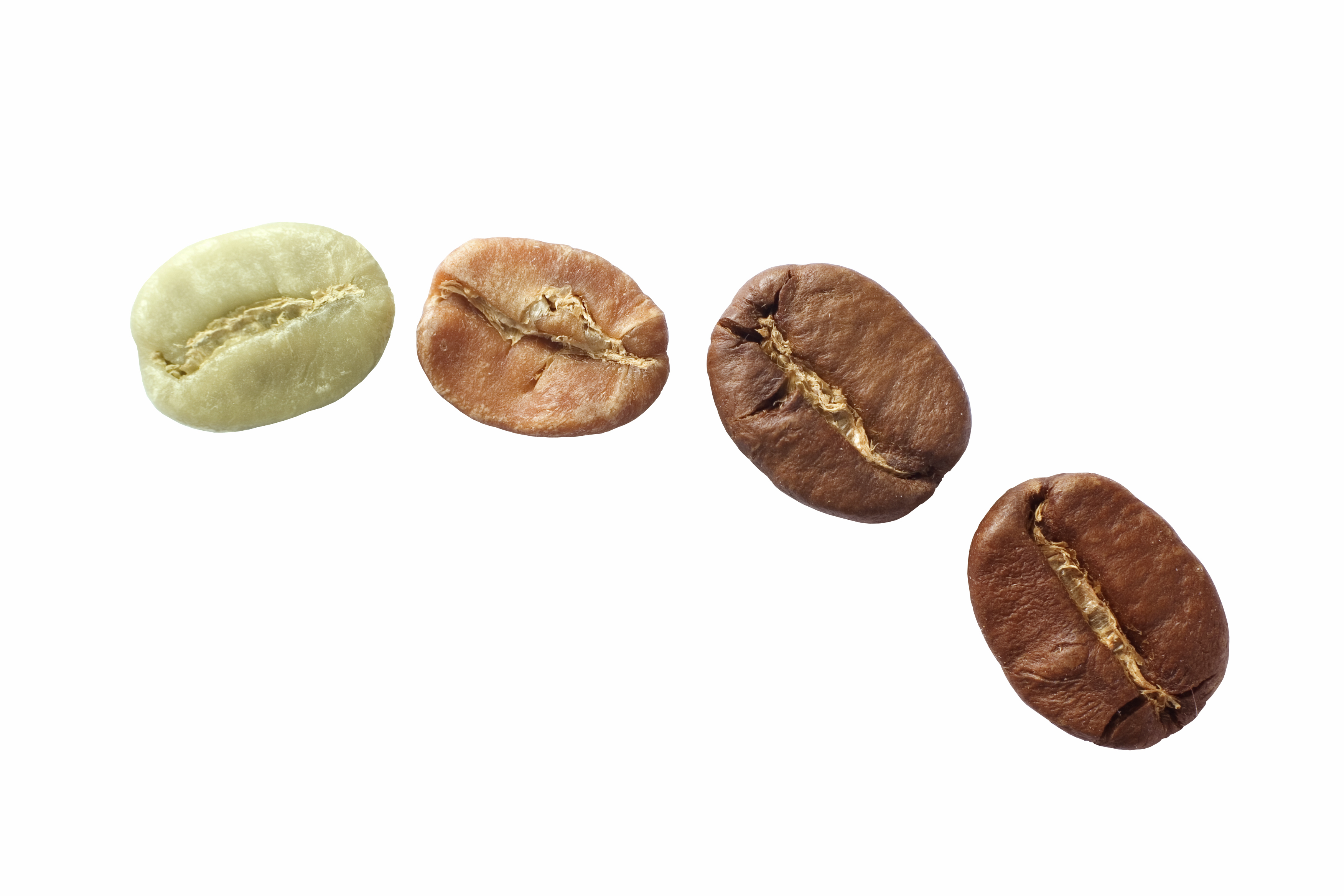Con Người, Dòng Lịch Sử, HẠT CÀ PHÊ, HỌC VIỆN CÀ PHÊ, Kiến thức Cà Phê, Nguồn Gốc & Văn Hóa, Quốc Gia, Văn Hóa
BIÊN NIÊN SỬ CÀ PHÊ – INFOGRAPHIC
BIÊN NIÊN SỬ SỰ RA ĐỜI VÀ PHÁT TRIỂN CỦA CÀ PHÊ - INFOGRAPHIC
Ngành Cà Phê đã trải qua hơn 500 năm phát triển và không ngừng hoàn thiện về mặt chất lượng. Hãy cùng Coffeenews.vn nhìn lại chặng đường ấy qua Infographic dưới đây.
Tài liệu được biên soạn sang Tiếng Việt bởi Công ty TNHH BLAGU Việt Nam





